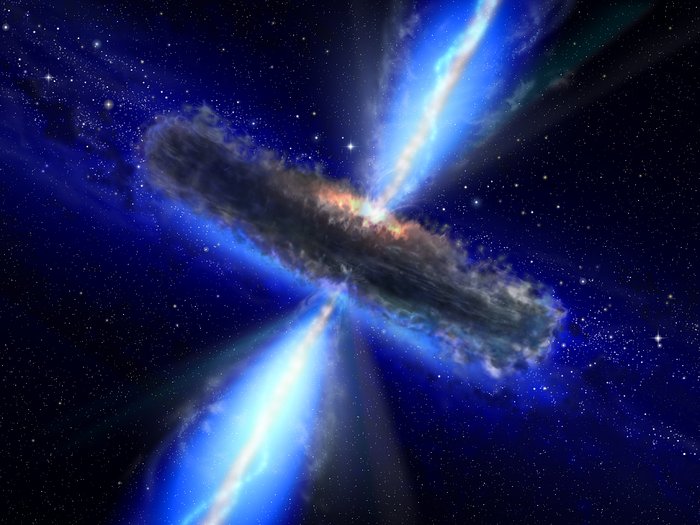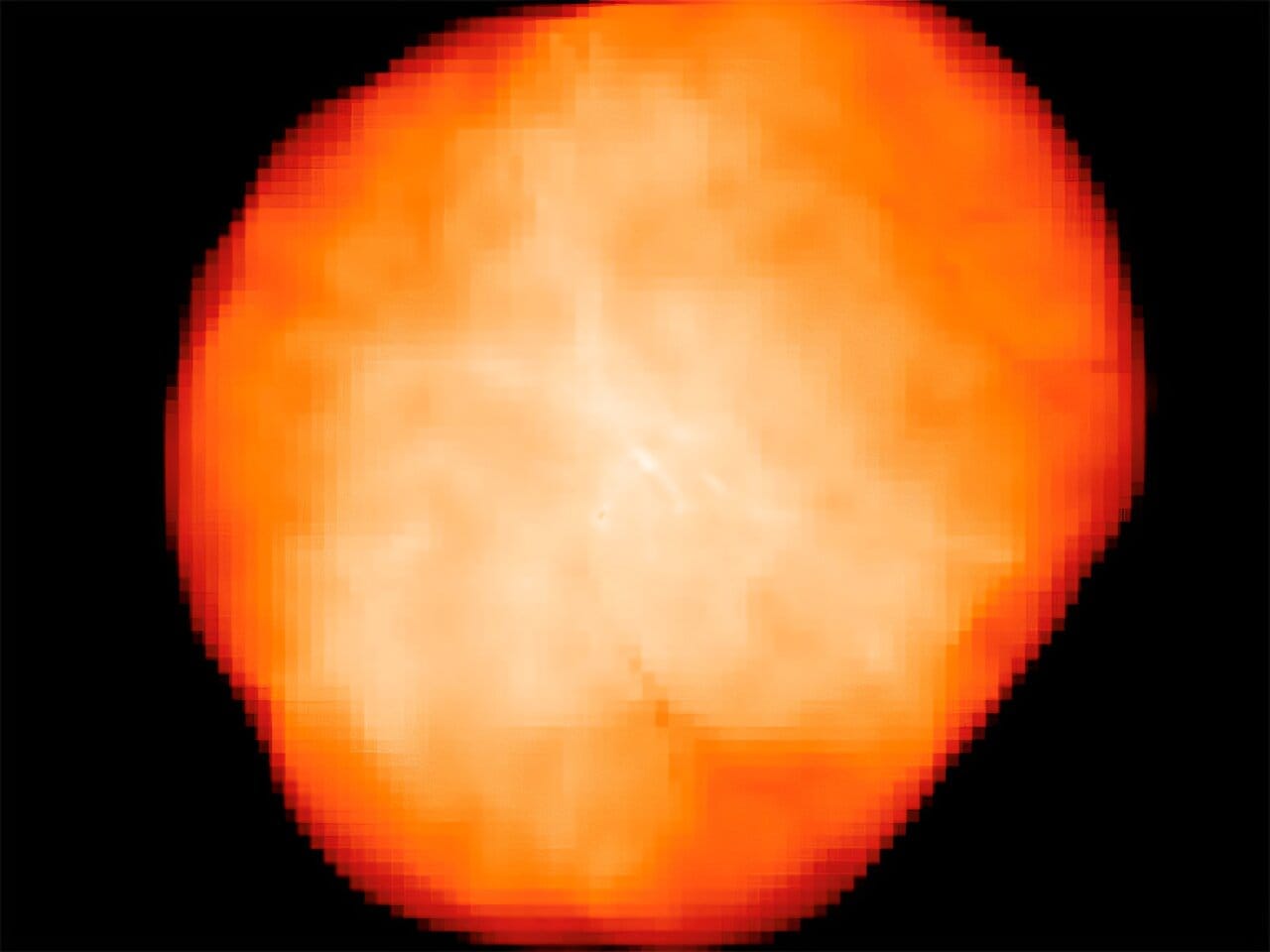In 1967, a young Cambridge graduate student named Jocelyn Bell Burnell was poring over miles of data from a brand-new radio telescope. Her hands moved swiftly, scanning reams of paper charts that recorded signals from deep space. It was a laborious task—boring, repetitive, and filled mostly with noise. But then she noticed something strange. A repeating signal. A precise pulse. Every 1.337 seconds.
At first, she thought it was a glitch. Then perhaps an aircraft or even military interference. But the signal didn’t move, didn’t change, didn’t drift across the sky like a satellite or plane might. It came from a fixed point in the cosmos. And it kept pulsing—again and again, as steady as a heartbeat. So regular, in fact, that it was nicknamed “LGM-1″—for “Little Green Men.”
No one truly believed it was aliens, but the regularity was eerily mechanical. What natural object in the universe could behave like that?
What Bell Burnell had discovered was the first known pulsar—a cosmic lighthouse spinning in the dark, sending beams of radiation sweeping across the galaxy. It was one of the most important astronomical discoveries of the 20th century.
And it opened a door into a universe of extreme physics, warped space, collapsed stars, and time itself stretched and squeezed in unimaginable ways.
What Exactly Is a Pulsar?
A pulsar is a type of neutron star—the incredibly dense remnant left behind after a massive star explodes in a supernova. These stars, once ten or twenty times the mass of the Sun, burn through their nuclear fuel, swell into red supergiants, and eventually collapse under their own gravity. When that collapse happens, it’s violent—crushing matter into a ball just 20 kilometers wide but with more mass than the Sun.
In that collapse, electrons and protons are forced together, producing a sea of neutrons. What’s left behind is a neutron star—an object so dense that a teaspoon of its matter would weigh around a billion tons on Earth.
But not all neutron stars are pulsars. So what makes some of them beam out radio waves—and sometimes X-rays and gamma rays—like a lighthouse?
The answer lies in rotation and magnetism.
Neutron stars spin rapidly—some completing hundreds of revolutions per second. And they have magnetic fields trillions of times stronger than Earth’s. Charged particles are whipped around their magnetic poles, which are not necessarily aligned with the star’s axis of rotation. As a result, beams of electromagnetic radiation are emitted from the magnetic poles and sweep through space as the star spins.
If one of those beams happens to sweep past Earth, we detect it as a pulse—just like seeing the beam of a lighthouse flash once per rotation.
These pulses are incredibly regular. More precise than the best atomic clocks. They can be measured down to the microsecond. That’s why pulsars are sometimes used as cosmic clocks, helping astronomers measure time, test theories of gravity, and even detect the faint rumblings of gravitational waves.
The Ghosts of Giant Stars
The formation of a pulsar begins with death.
A massive star lives fast and dies young. It fuses hydrogen into helium, helium into carbon, and continues up the periodic table until iron forms in its core. Iron cannot produce energy through fusion. When enough iron accumulates, gravity wins. The core collapses. Electrons are crushed into protons, forming neutrons and releasing a flood of neutrinos.
The outer layers of the star rebound and explode outward—a supernova. For a few weeks, it can outshine an entire galaxy.
What remains is a collapsed core—a neutron star. If it’s spinning fast and has a strong magnetic field, it becomes a pulsar.
Some neutron stars rotate once every few seconds. Others, especially those in binary systems or formed in unusual ways, rotate hundreds of times per second. These are called millisecond pulsars. One such star, PSR J1748-2446ad, spins 716 times per second—the fastest rotation of any known pulsar.
To put that in perspective: imagine a city-sized sphere spinning 43,000 revolutions per minute, with gravity strong enough to bend light and crush atoms. That’s a pulsar.
The Sound of a Dead Star’s Heartbeat
Though pulsars are invisible to the human eye, their presence can be detected through radio telescopes, X-ray observatories, and even gamma-ray satellites.
In fact, if we were to convert their signals into sound, they would resemble rhythmic, eerie pulses—like the heartbeat of a sleeping giant.
Each pulsar has a unique signature. Some blink slowly, with a pulse every few seconds. Others strobe rapidly, like a machine gun. Their signals can be used to track time more precisely than the best clocks on Earth. Some pulsars drift ever so slightly in timing—those are often part of a binary system, tugged gently by a companion star.
Their pulses aren’t just pretty patterns. They encode fundamental physics.
By analyzing the timing, frequency, and slight irregularities of those signals, scientists can detect the influence of gravitational waves—ripples in spacetime predicted by Einstein.
Some pulsars are part of a pulsar timing array—a network of carefully monitored stars used to search for low-frequency gravitational waves from massive objects like colliding black holes or supermassive binary systems in distant galaxies.
The echoes of cataclysmic cosmic events, carried on the ticking heartbeat of dead stars.
A New Kind of Astronomy
For most of human history, astronomy relied on light. Visible light, to be precise. But pulsars opened a new window.
These cosmic lighthouses are radio beacons, discovered and studied with radio telescopes. That alone revolutionized how we explore the cosmos. We no longer had to rely on what we could see with our eyes. The sky became alive with radio signals, X-ray flashes, and gamma-ray bursts.
With telescopes like the Parkes Observatory in Australia, the Arecibo Telescope in Puerto Rico (before its collapse), and now arrays like FAST in China and MeerKAT in South Africa, pulsar astronomy has flourished.
And with the launch of space observatories like NASA’s Fermi Gamma-ray Space Telescope, we’ve discovered pulsars that beam gamma rays instead of radio waves—proving that these stars are not only relics of stellar death, but also engines of incredible high-energy physics.
Pulsars have also been used to test Einstein’s theory of General Relativity with exquisite precision. In binary systems—especially where two neutron stars orbit each other—the timing of pulses reveals how spacetime is being warped by gravity. These systems, known as binary pulsars, have provided some of the most convincing evidence for gravitational waves—long before LIGO ever detected one.
Einstein would have been thrilled. Or perhaps humbled.
Millisecond Pulsars and the Search for Stability
Some pulsars spin so fast they seem impossible. How can something so dense, so massive, rotate hundreds of times per second without flying apart?
The answer lies in accretion—the process of stealing matter from a nearby companion star.
These “recycled” pulsars are usually part of binary systems. Over millions of years, they siphon gas from their companions, forming an accretion disk. This added mass and angular momentum spin the neutron star up—like a skater pulling in her arms.
The result is a millisecond pulsar—a clockwork object so stable that even atomic clocks are humbled.
One of the most fascinating examples is PSR B1937+21, discovered in 1982. It rotates 642 times per second, and its timing is so precise that it drifts by less than a microsecond per year.
Scientists have proposed using millisecond pulsars as part of an interstellar navigation system—like a cosmic GPS for deep-space missions. In fact, NASA’s NICER experiment aboard the International Space Station is already exploring this possibility, using pulsars as natural lighthouses to guide spacecraft through the solar system and beyond.
Pulsars and Alien Theories
It’s easy to see why the first pulsar was called “Little Green Men.” Their precision, regularity, and focused signals make them superficially resemble artificial transmissions.
In recent years, pulsar-like phenomena have been linked to even stranger signals—such as Fast Radio Bursts (FRBs). These are brief, powerful flashes of radio energy from deep space, sometimes repeating, sometimes not.
Some scientists speculate that exotic pulsars or magnetars (a type of neutron star with a supercharged magnetic field) might be behind them. Others still entertain more speculative ideas: perhaps FRBs are artificial, or at least involve processes we don’t yet understand.
While no evidence yet supports intelligent life behind pulsars or FRBs, the fact remains: the universe is filled with signals we are just beginning to decode. And every one of them could be a clue.
Neutron Stars, Black Holes, and the Edge of Physics
Pulsars sit on the edge of known physics. Their very existence challenges our understanding of matter, magnetism, and gravity.
Inside a neutron star, atoms are crushed into a degenerate soup of neutrons. But some theories suggest that deeper inside, quarks themselves may break apart, forming quark matter or even stranger phases like color superconductors.
These are not science fiction concepts—they’re real possibilities, being explored at the Large Hadron Collider and in theoretical astrophysics.
And what happens if a neutron star accumulates too much mass? It collapses into a black hole, where not even light can escape. Pulsars are thus the last stop before the ultimate abyss.
The study of pulsars bridges the gap between the tangible and the unknowable. They are the shining border guards of the visible universe—telling us where the known ends and the mystery begins.
Cosmic Metronomes and the Fabric of Spacetime
Imagine a future in which gravitational wave astronomy is as common as optical telescopes are today. In that world, pulsars will be among our most trusted guides.
By monitoring dozens—perhaps hundreds—of precisely timed pulsars across the sky, scientists can detect the subtle stretching and squeezing of spacetime as gravitational waves pass between us and them. This technique, called Pulsar Timing Arrays (PTAs), is already yielding results.
In 2023, several PTA collaborations—such as NANOGrav in the U.S., EPTA in Europe, and PPTA in Australia—announced evidence for a stochastic gravitational wave background. This background hum may come from merging supermassive black holes in distant galaxies, or perhaps even from processes in the early universe.
Pulsars, those dead stars, are telling us about things we cannot see: cosmic collisions, ripples from the dawn of time, the hidden music of the cosmos.
Conclusion: Light from the Darkness
Pulsars are more than strange stars. They are keys to the universe. From the moment Jocelyn Bell Burnell first saw their steady rhythm in 1967, they have become essential tools in astrophysics, cosmology, and fundamental physics.
They remind us that death in the cosmos is not the end, but a transformation. From the violent death of massive stars comes a new kind of beacon—one that pulses with information, energy, and the echoes of ancient cataclysms.
In their spinning light, we glimpse the machinery of the universe—its laws, its violence, its elegance.
And perhaps, most haunting of all, its order.






